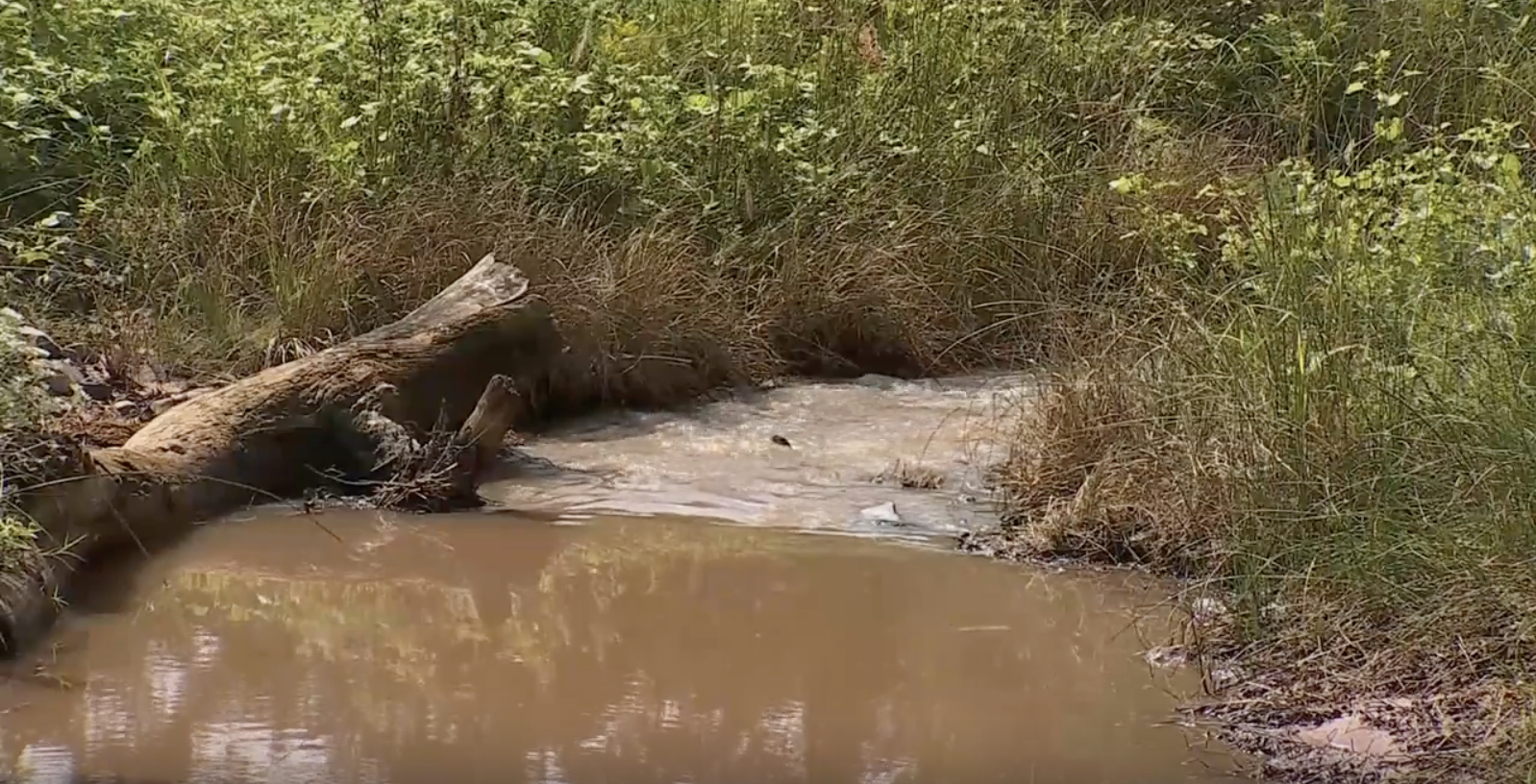
Saltwater leaking into a creek might have been what caused the deaths of 25 head of cattle earlier this month in Caddo County, Oklahoma.
Corporation Commission investigators discovered the saltwater was purging into Five Mile Creek from a site two miles upstream from the farmer’s livestock. The Commission asked two oil-and-gas operators close to the purge “to shut in their gas wells” on September 16, reported the Southwest Ledger.
The High Plains Journal reported the leak” may have originated from the Pearcy well, a saltwater disposal well operated by Nject Disposal LLC. The OCC has not confirmed this information, but is expected to release additional information about the salt water leak on Oct. 6.”
It also quoted Corporation Commission spokesman Trey Davis.
“As expected, diverting the liquid away from Five-Mile Creek into a retention trench dug for that purpose has reduced levels of contamination in the creek and, to an even greater degree, downstream. Pump trucks continued over the weekend and into today to remove the liquid from the trench and haul it away for safe disposal. OGCD is on site to ensure and direct implementation of all steps necessary to safeguard the public and the environment.”
More from the Southwest Ledger.
The Oklahoma Corporation Commission moved quickly to reduce salt levels in a contaminated creek eyed as the culprit in the deaths of cattle in Caddo County earlier this month.
Mike Loula of Colony reported he lost 25 head of cattle – 23 cows and two calves – after they drank water from Five Mile Creek where it traverses property he owns near Eakly.
Loula reportedly had necropsies performed on two of his dead cows to determine the exact cause of their death. Southwest Ledger left two voice messages on Loula’s telephone Friday but never received a call back.
OCC investigator Carl Saucier indicated the oil-andgas regulatory agency was contacted by Dillon Robbins of the state Department of Environmental Quality “to conduct a joint investigation concerning … dead livestock” thought to have been poisoned by contaminated water in Five Mile Creek.

The Corporation Commission discovered saltwater purging into the creek two miles upstream from Loula’s property. The saltwater “tested over 130,000 parts per million (ppm) total dissolved solids,” Saucier reported.
The OCC contacted two oil-and-gas operators nearest the purge “to shut in their gas wells” on Sept. 16.
Also that day, the OCC contacted Nject Disposal LLC, the operator of a commercial saltwater disposal well, who was urged to shut in its well, “start operations to contain the saltwater purge from entering the creek, and begin removing fluids from the surface,” Saucier wrote.
State regulators began conducting field tests throughout Five Mile Creek, Cobb Creek and Fort Cobb Lake on Sept. 17; Five Mile Creek is a tributary that feeds Fort Cobb Lake. The Corporation Commission collected samples for analysis of produced water from nearby leases and from the purge.
Nject dug a trench on the east side of the purge and diverted the saltwater away from the creek, Saucier wrote. Nject also started hauling saltwater from the trench and the creek.
“Fortunately, the flow into Five Mile Creek was quickly contained and the contaminated water was diverted,” OCC spokesman Trey Davis said.
The commission began collecting water samples from Fort Cobb Reservoir – which provides drinking water for Chickasha and Anadarko – on Sept. 18.
The agency also began collecting samples from water wells of “many concerned citizens along Five Mile Creek,” Saucier said. The level of total dissolved solids in the creek slowly declined throughout the week “as Nject has worked on removing saltwater from two deep pools found in the creek – one where the purge began and another four miles south of it.”
The owner of the saltwater disposal well was informed Sept. 19 that the Corporation Commission would “seal and red-tag” his well “until the OCC’s investigation is concluded.”
The agency also resumed collecting water samples from nearby water wells along Five Mile Creek that day. Total dissolved solids readings in the creek ranged from 900 ppm to 1,600 ppm downstream. The pool under the first bridge where the purge began ranged from 18,000 ppm to 27,000 ppm.
The Corporation Commission on Sept. 22 recommended Nject Disposal LLC continue to remove saltwater from the pool in the creek “until it is back to permissible limits, and keep the trench emptied until the purge stops or the source is identified.” The produced water “is being hauled off several times each day to an approved disposal facility,” Davis told Southwest Ledger.
The commission announced it intends to update the Eakly incident by Oct. 6.
Also, “Our tests indicate the total dissolved solids levels in Five Mile Creek, Cobb Creek, and Fort Cobb Lake are no longer affected” by the purge, Davis said.
The Corporation Commission is “the jurisdictional agency” in this investigation, but the Department of Environmental Quality is “providing support,” DEQ spokesperson Skylar McElhaney told the Ledger.
U.S. Water Services Corp., which operates Chickasha’s water treatment plant, continued testing the water they receive from Fort Cobb Reservoir four times daily to ensure it wasn’t contaminated, plant manager Derrick McDaniel confirmed to the Ledger last Friday.

